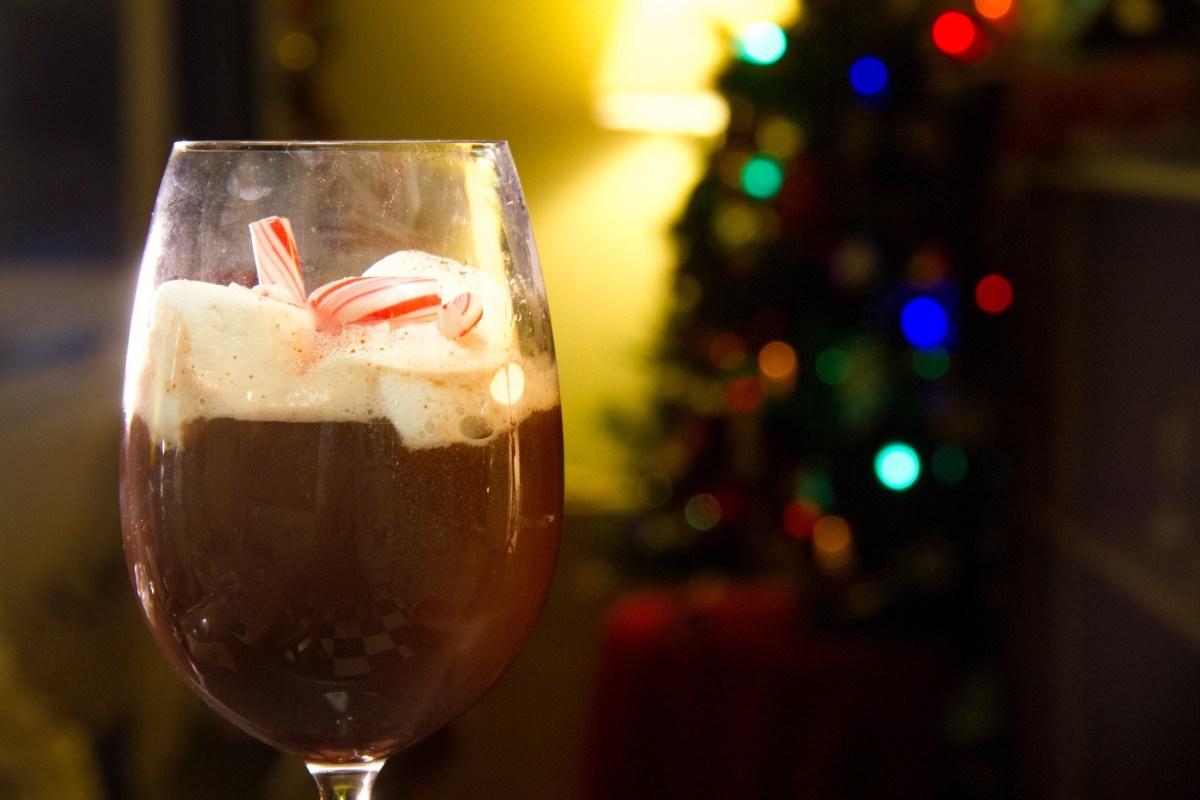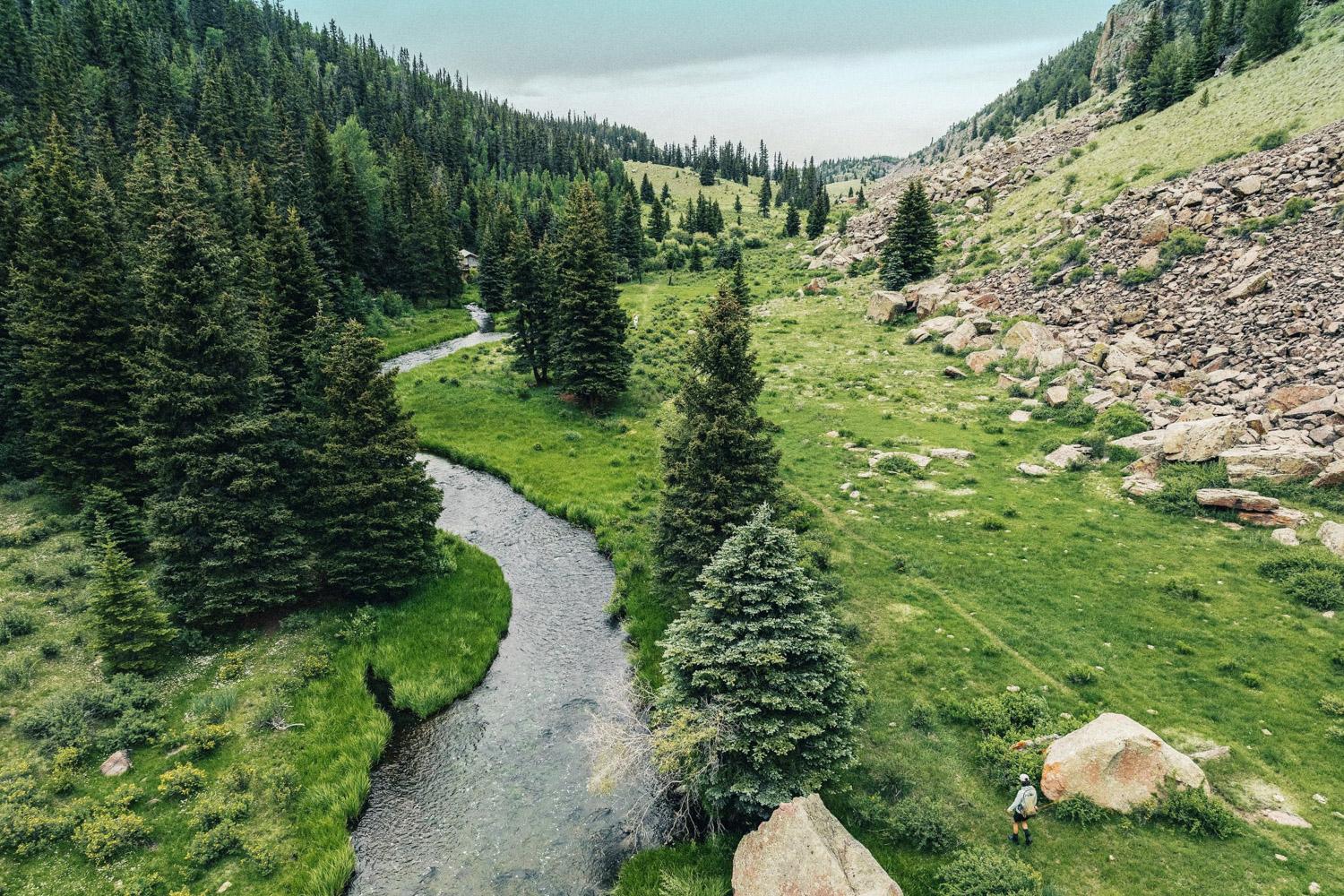
This year, holiday parties are a lot different for Kelly Maxwell of Denver.
In October, Maxwell decided she’d had enough of drinking, so it's her "first rodeo." She was drinking a lot — as part of her job, which involved evening events where she socialized, often with a glass of prosecco in her hand.
“I’ve never had an issue with drinking every day, I’ve never [gotten] in trouble legally or physically, but emotionally it was really starting to take its toll," she said.
She also played in a band, and often, instead of getting paid, the band would get drinks on the house. That meant some late nights with band members and a few too many drinks.
"I always felt like I wanted to see where the line was. I wanted to see exactly how far I could push the envelope, but I never really made a decision that I regretted," Maxwell said. "But there was always the chance that that was going to happen."
There’s a relatively new term that defines Maxwell and others’ relationship with alcohol — “gray area drinking.”
Jolene Park, a nutritionist who lives in Denver, has given TEDxTalks on the topic and considers herself a gray area drinker. Park said her old habit of indulging in frequent glasses of wine to deal with anxiety eventually led her to a silent worry that she had a problem.
"I define it as in the middle, between that 'every now and again' drinking and that end-stage, stereotypical kind of image that we have. And there's this area in between those two extremes, which is where I drank," she said. "I could stop. I did stop. And I would stop many times saying, 'I don't want to keep drinking like this,' but then I'd say, 'What am I doing? I don't need to be this restrictive.' I'd go back to drinking and then regret it again. And so I did that back and forth merry-go-round for many years."
Until, eventually, several years ago, when Park stopped drinking. She now helps other professionals deal with their anxiety, stress and gray area drinking, and she runs a website about it.
About 1 in 5 Colorado adults drink excessively, according to data from the Colorado Department of Public Health and Environment. The agency defines excessive drinking as binge drinking, which involves women having four or more drinks on one occasion, or men having five or more. On a weekly basis, excessive drinking involves eight or more drinks per week for women and 15 or more for men.
Park said she and others view alcohol as a problem that can lead to embarrassing behavior and bad hangovers. At the same time, they’ve never "hit rock bottom" or been in trouble with the law, and it’s often not something noticed by family and friends.
"It's the silent conversation, the berating ourselves, feeling physically sick, emotionally and mentally not sharp, and that's that internal piece that we don't talk about. But once we start talking about it, many ears perk up and especially women say, 'That's me,'" she said.
Most of people Park works with are "high-achieving professional women," and she sees how drinking culture impacts women in different ways than it does men.
"There's the mommy juice culture, the 'mommy needs a drink to get through the day,' the playdates," Park said. "But it's also happening professionally in the corporate realm. The happy hours, the, 'It's my reward at the end of the day. It's how I take the edge off. It's been a big day. It's been draining, and my mind is still going, and I want that off switch.' That was me."
Maxwell said after a night of drinking, she’d feel terrible the next day —sometimes for a couple of days. She’d pick fights with her husband. And after she turned 30, " the hangovers started to come in fast and fierce," she said.
Now, Maxwell can say she's glad she stopped drinking and that she doesn't really miss alcohol. While there was a learning curve, Maxwell said over time she grew comfortable ordering nonalcoholic drinks at bars, and learned to feel confident at work events and concerts without drinking.
"I go to a lot of shows with friends, and when I'm not performing, I'm supporting other musicians in the area," she said. "And the first thing you do when you get to one of these venues is you order a shot and a beer. It just happens. And then I decided to say no, and all of a sudden it was like a light went off in my head like it's optional. It's not mandatory."
As the holiday-branded kind of peer pressure begins, Maxwell says she plans to handle it like a "peak millennial," by tracking her habits and urges in her bullet journal. But she also has support in the form of new hobbies.
"I'm replacing drinking with other positive habits. I've taken up yoga. I've taken up meditation. I'm now that person," she said. "But I think those coping mechanisms are a really good way to navigate those social situations."
Park fully endorses people finding new hobbies after they stop drinking like Maxwell did, especially when those new habits have a positive impact and reduce the feelings of anxiety that can make a person want to drink.
"I always talk with clients, it's not about doing these things just to do them, but what's the impact? What's the effect on your body? When we drink, we get an effect. So when you do yoga, what's the effect?" Park said.
If you notice a family member, friend or cowoker try sobriety as a solution to their gray area drinking, Park said to treat them with kindness and not judge.
"Gray area drinkers hear (it) all the time: 'You're not that bad. It's not like you're an alcoholic or anything.' And that's what makes it hard. There's that internal struggle, and then the outside says, 'Oh, what are you worrying about?' And we go back to drinking," she said. "But it continues to be the internal struggle. So what I say is, if there's that small internal voice that's poking at you, know that you're not alone. "









